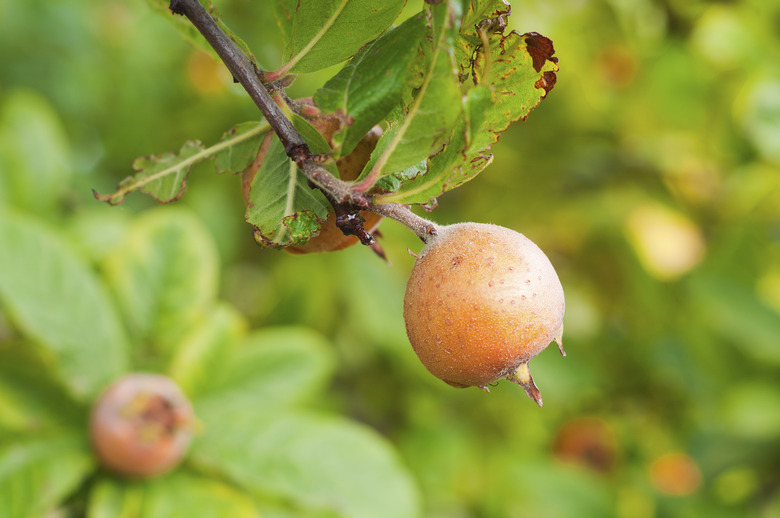How To Grow A Loquat Tree
Loquat (Eriobotrya japonica) has a number of advantages as a landscaping plant. The small tree grows 20 to 35 feet tall and 30 to 35 feet wide, suitable for smaller areas. Large, evergreen leathery leaves are 8 to 10 inches long and provide reliable shade and ornamental value. Clusters of cream-colored, very fragrant flowers appear in fall or early winter, with unopened buds covered by dark orange fuzz. As an extra bonus, in mild climates, yellow, tasty, edible fruits follow the flowers.
Soil and Spacing
Soil and Spacing
Loquat tolerates many soil types but prefers non-alkaline soils. The soil should have moderate fertility and the tree needs good drainage. Allow sufficient room for the tree to reach its full growth without crowding. Typically, a loquat is 6 to 8 feet tall and wide at five years old and 12 to 15 feet tall and wide at 10 years old. It can grow 36 inches per season. Loquats can live 50 to 150 years. CalPoly San Luis Obispo University notes that a loquat in Southern in California measured 36 feet tall and 34 feet wide.
Water Requirements
Water Requirements
Water the newly planted tree regularly and deeply during the first year it is in place to establish the root system. Water the new tree every other day for the first week, then go to one or two waterings weekly for the first two months. If periods of over five days without rain occur during the tree's first three years, water the tree once a week during the drought. Loquat can tolerate drought once established, but grows best with regular irrigation during its lifetime, especially during the summer. Keep water away from the trunk of established trees, keeping the irrigation zone from about half the distance between the trunk to the tips of the outermost branches. Conserve soil moisture and prevent weeds by applying a 2- to 6-inch-deep layer of mulch such as bark around the tree, keeping it 8 to 12 inches away from the trunk.
Light and Temperature
Light and Temperature
Situate loquats in full sun. They'll tolerate partial shade but flower and fruit production lessens. The trees are hardy in U.S. Department of Agriculture plant hardiness zones 7 through 10, but flowers and fruit are damaged by temperatures around 26 to 28 degrees Fahrenheit. You can grow loquat as an ornamental in colder parts of its hardiness range, but you won't get fruit. The loquats need heat to ripen well. Where fruits experience cool summers, they don't form as much sugar and aren't as tasty. High summer temperatures and drying winds can cause leaf scorch and sunburned fruit.
Fertilizer Needs
Fertilizer Needs
Loquats benefit from regular, light fertilizer applications. Overfertilization reduces flower production. For young trees, spread a shovelful of manure around the tree in the fall. In addition, every month or two, scatter a tablespoon of a fertilizer such as ammonium sulfate around the tree and water it in. For mature trees, apply ammonium sulfate or calcium nitrate evenly over the irrigation zone of the tree. Use 1 pound of fertilizer for every 1 inch of trunk diameter and water the fertilizer in.
References
- University of Florida IFAS Extension: Eriobotrya Japonica: Loquat
- California Rare Fruit Growers: Loquat
- University of California Davis: Fruit & Nut Research Information: Loquat Fact Sheet
- Cal Poly Urban Forest Ecosystems Institute: Japanese Loquat Eriobotrya Japonica
- Floridata: Eriobotrya Japonica
- University of Florida IFAS Extension: Loquat Growing in the Florida Home Landscape
